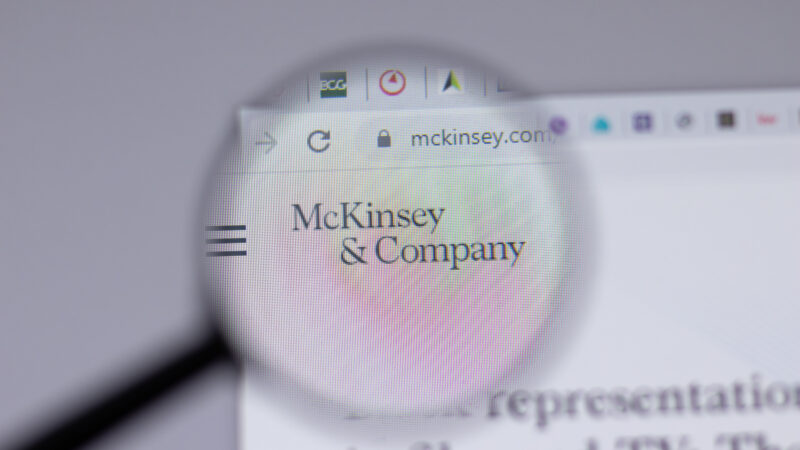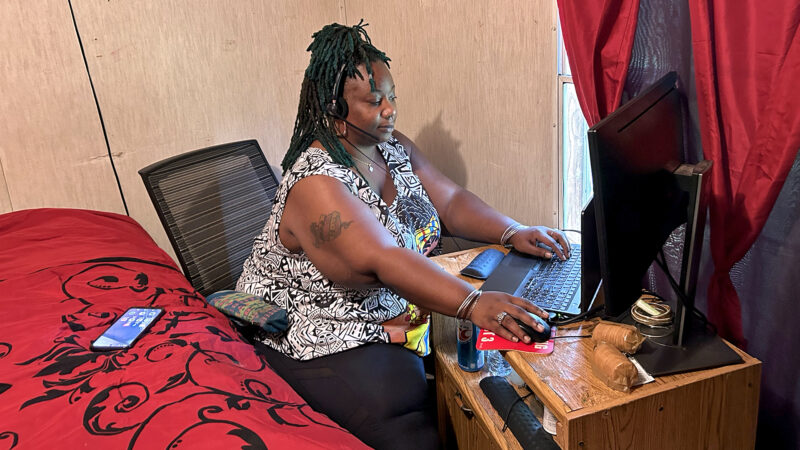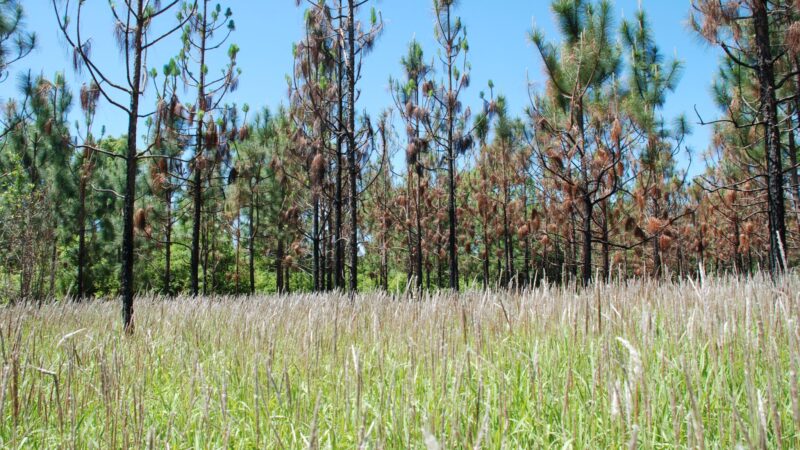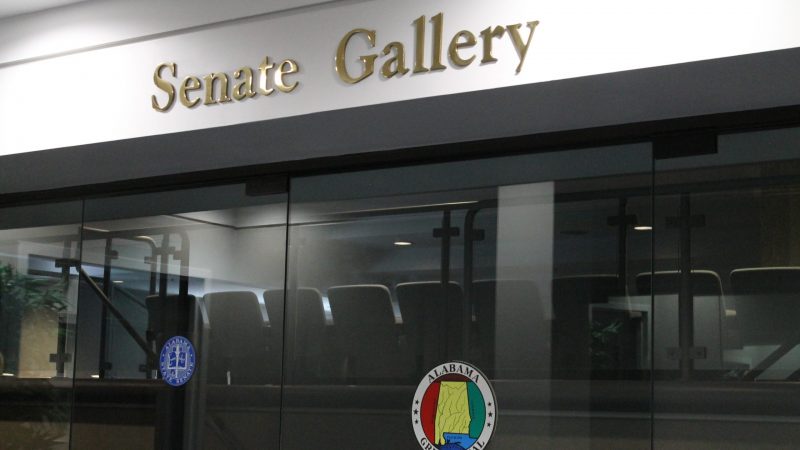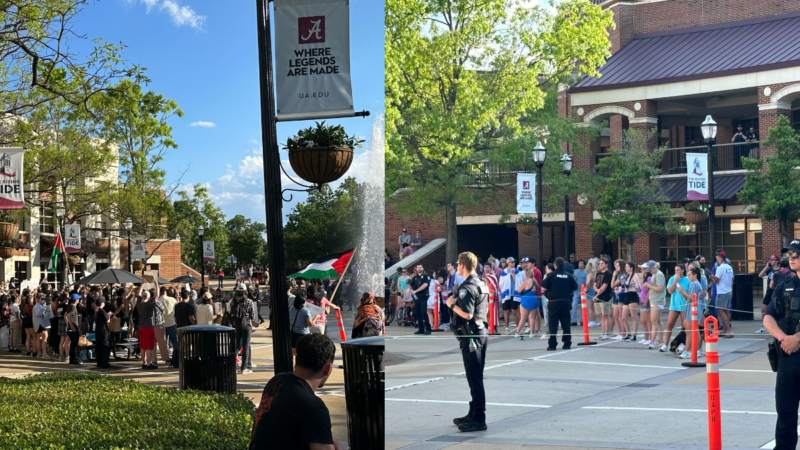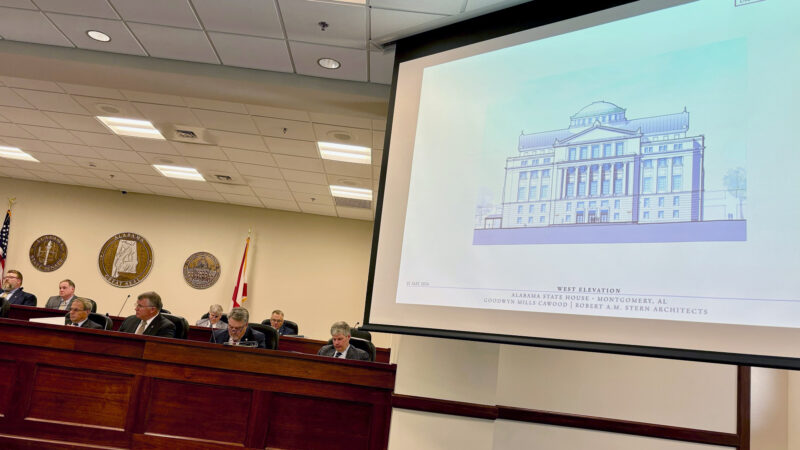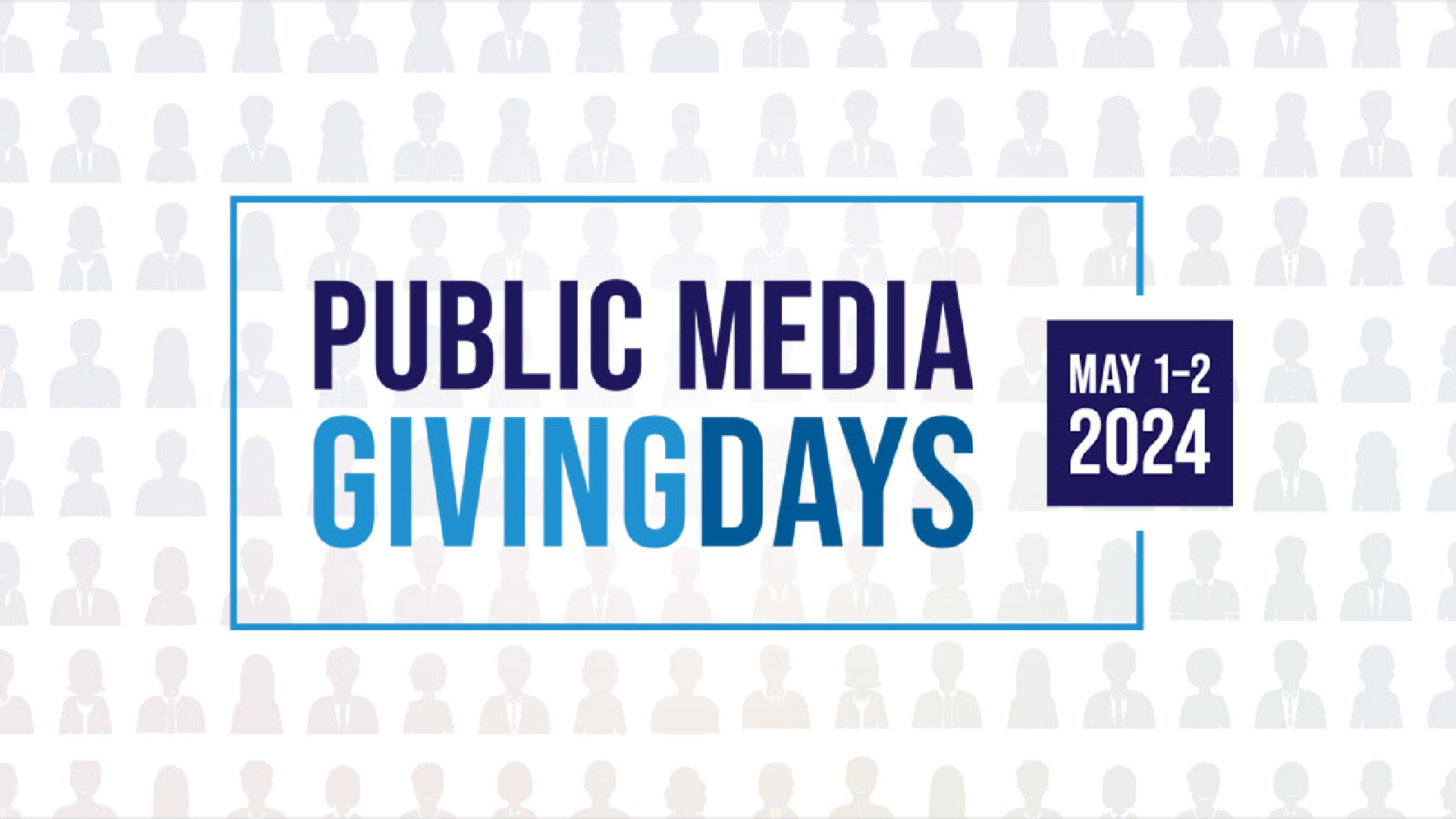Interview: UAB Space Archaeologist and TED Prize Winner Sarah Parcak
To some, the fact that “space archaeology” is actually a thing will come as news. Practitioners use satellite imagery to discover and analyze ancient ruins, and increasingly, to spot looting. University of Alabama at Birmingham archaeologist Sarah Parcak is a leader in the field, and she’s just been named winner of the 2016 million-dollar TED Prize, meant to support her work and a future project of her choosing. That project will involve protecting antiquities around the world and will be revealed in detail in February, but for now, WBHM’s Dan Carsen caught up with Parcak after a whirlwind press conference. She talks terrorists, technology, women and children in science, and colleagues she calls “the real heroes of culture.” But she starts with a boiled-down explanation of her work.
To listen to the on-air four-minute conversation, click above. To read key excerpts, hear the web-exclusive 11-minute interview, or hear today’s UAB press conference, see below.
“Think Google Earth on Speed”
That’s how Parcak sums up her work in one sentence. Elaborating a little: “[We use] satellite imagery, algorithms, and computer software … to pull things out of landscapes that we can’t see with our naked eye … pyramids, tombs, new [to us] settlements and many other features all around the world. But that’s only step one. You then have to go out into the field. It’s called ‘groundtruthing’ — you’re literally checking out if what’s buried in the ground matches what you’re seeing from space.”
Lives at Risk, Colleagues Killed
“The chief archaeologist of Palmyra, Khaled Asaad — he decided to stay on at the site even when ISIL was approaching … and he died protecting the site. So many of my friends and colleagues are risking their lives … I’ve had friends that have almost lost their lives protecting sites from looters, and they’ve undergone gunfire, so this is very very serious. The people who are in the field, doing this every day — I call them the real culture heroes.”
Role Modeling
“I’m a big supporter of kids doing science, especially young girls. And I don’t think there are enough examples of women doing science on TV. It’s hard being a female scientist … we’re always breaking glass ceilings for the next generation. Hopefully it’ll be a little bit easier for them.”
Like in the Movie, but Minus the Bullwhip?
“If people want to call me Indiana Jones, I say that I’m more sites, less stubble.”
Below is the 11-minute web-only interview. Just a few of the additional subjects include Al Qaeda and southern barbecue:
Below is the UAB press conference:
Alabama to begin working with a consulting company that’s under criminal investigation
McKinsey & Company, an international consulting business, will help the state of Alabama develop a new strategic economic growth plan. The company is undertaking that project, while also dealing with a probe into whether it engaged in a criminal conspiracy.
‘Stupidity of politics’: Medicaid expansion effort dies in Mississippi
Mississippi lawmakers couldn’t come together to pass a bill that could have expanded Medicaid for thousands of residents.
This spiky-stemmed invasive grass is taking over Alabama
Classified as one of the worst weeds in the world, cogongrass aggressively crowds out native species and costs Alabama landowners tens of millions of dollars in lost revenue.
Gambling bill in doubt with three days left in the legislative session
Alabama lawmakers are coming down to the finish line for this year’s legislative session. Many bills await passage, but perhaps the biggest one up in the air is a lottery and gambling bill.
Pro-Palestinian demonstration draws counter-protest at University of Alabama
Students gathered demanding the school call for a permanent and immediate ceasefire and to push the school to sever ties with defense contractor Lockheed Martin.
A new Statehouse and related projects will cost about $400 million
The Alabama Legislative Council, a 20-member panel comprised of legislative leaders and their appointees, approved the construction of the new Statehouse last year. The panel was given an update on the project on Wednesday.

